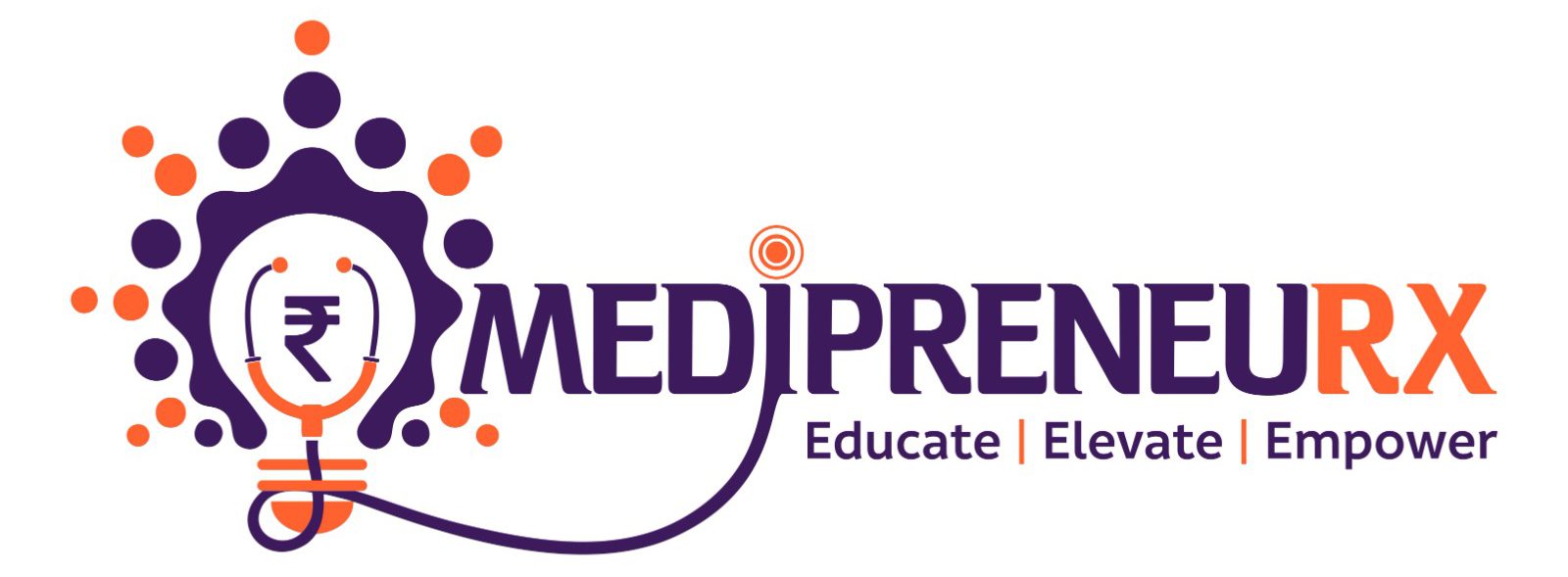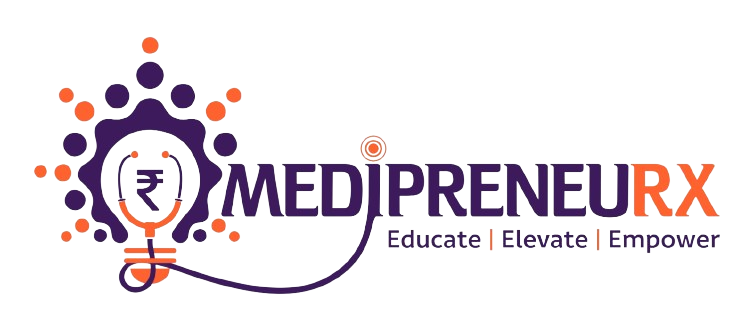The Indian Supreme Court has lately urged a more compassionate attitude toward candidates with disabilities who are pursuing medical school, highlighting the necessity of changing the National Medical Commission (NMC) admittance regulations. A significant decision was made by the court to admit a candidate who had a 44% speech and language disability. The candidate had been turned down for admission due to a stringent NMC regulation that prohibited anyone with a disability of more than 40% from enrolling in medical programs.
The bench, presided over by Justice Bhushan R. Gavai, emphasized the antiquated classification of infirmities that might unjustly prevent talented people from realizing their dreams of obtaining an education. Justice Gavai emphasized the necessity for tact while assessing such instances, saying that candidates who show they can finish the medical school shouldn’t be prevented by strict cut-off standards. This decision is consistent with the Supreme Court’s more liberal views on disability rights.
In the situation at hand, a candidate’s petition led to the formation of a medical board to determine whether or not they were qualified to pursue medical education. The Supreme Court approved the candidate’s admission to an MBBS program after the board’s report confirmed their qualifications. The court voiced worry that rigid rules would go against the fundamentals of justice and constitutionality.
Justice KV Viswanathan brought up a prior case involving a color-blind applicant during the hearing, in which the court similarly overturned strict hurdles that forbade entry due to a disability. The focus was on how eligibility for medical education should be determined with more thought and flexibility.
The discrepancy between the strict regulations of the health ministry and the social justice ministry’s more accommodating approach to candidates with disabilities was recognized by NMC lawyer Gaurav Sharma. In order to develop a more advantageous regulatory framework that puts the needs of prospective medical students with disabilities first, he proposed that the two ministries hold discussions.
The Supreme Court’s judgment makes sense in light of its previous rulings that promoted inclusion. For example, it allowed entrance to a medical course in April 2023 for an applicant with a 55% speech and language handicap. Furthermore, in 2017, the court removed a prohibition on candidates who are colorblind from pursuing medical study and gave visually impaired people in other professional fields the same considerations.
These decisions uphold the significance of providing accommodations for individuals with disabilities in the educational system and align with the larger goals of the Rights of Persons with Disabilities Act, 2016, which promotes equal opportunities and inclusive education. The court’s ongoing interventions underline the need for substantial reforms in India’s educational and professional landscape, ensuring that disabilities do not hamper intellectual and professional ambitions.
SOURCE :
HINDUSTAN TIMES








